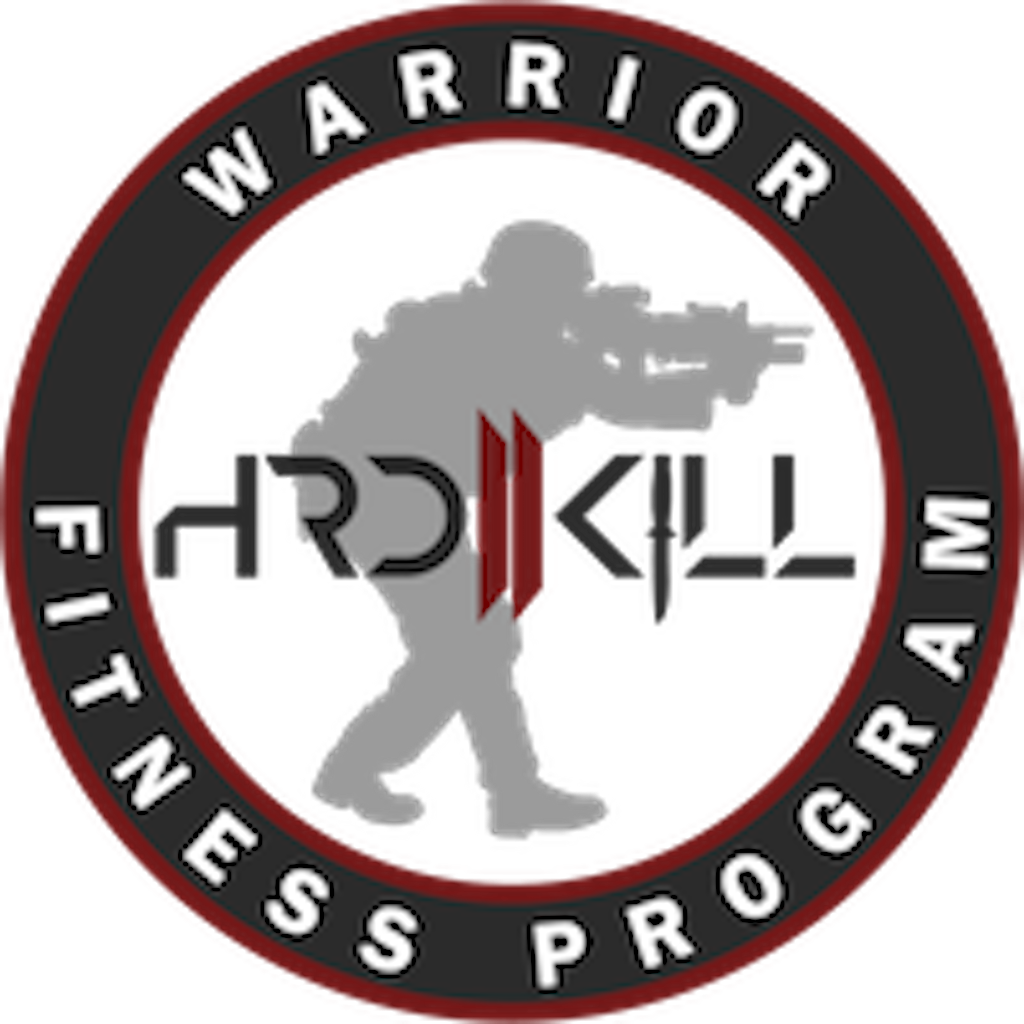Article #1 – Fix Your Squat
I want to fix your squat, today. This series is the baby, born from a conversation I had with Dr. Kelly Starrett on the HRD2KILL Podcast, about how we can do better when training our warfighters.
Specifically, we dug into the topic of movement and how our mobility and strength lends to injury prevention and reduction as a whole and can keep a warfighter fighting for much longer. Mitigating the steep injury rates seen in the combat arms, wouldn’t eliminate injuries but with some basic “prehab” we could see injury based release rates drop.
Rather than have a 30 year old captain or senior NCO leave the Forces because he can’t stand up straight anymore we could, more than likely, reduce the chance of that happening in the first place and therefore save personnel, save money and keep our countries safer.
This topic hits me right in the feels since this Is what happened to me.
I got released from the Army at the tender age of 34 but my back and knee problems started well before that. Pills, physio and rest were my prescription from the Army but that didn’t fix shit. I was constantly in pain and just accepted that this is my life now.
You Don’t Know What You Don’t Know
If I could go back ten years with the knowledge I have now, there’s no way I would’ve had to have released medically. I feel stronger and more capable than ever and my results are there to prove it. What did I do differently that makes such a big difference?
This is the point of this series.
I will be writing and filming the best practices that have given me my life back and I want to share that with you.
Every movement and exercise that I’ll be doing here is something that I’ve personally done that has allowed me to regain my ability to play competitive sports, play with my kids and not be in so much damn pain all the time.
My book, The Nimble Warrior, is a great reference for an even more in-depth view of what I’m doing here, so sit tight here’s our first area we need to tune up.
THE SQUAT
If I said it once, I’ll say it again – FIX YOUR SQUAT!
Using the squat as a diagnostic tool for your body is a great idea. I use this as my main diagnostic tool because it gives me a snapshot of what needs work on
your body. Have a look at the video and follow along.
A GOOD SQUAT
A good squat means that your toes are facing forward, knees are pushed out and tracking over the toes, hips go below parallel and your chest is up. If any of these are lacking; time to get to work, son!
The cues from the video are as follows:
- Rip the paper – this is to generate torque by externally rotating your thigh to get your glute to turn on and keep your knees over your toes.
- Knees out – this is to cue keeping that torque that you generated at the start and to not let your glute turn off and prevent any knee valgus dirtyness.
- Proud chest – this is to maintain proper postural control and allow you to keep tension in down your midline.
Go Forth And Squat
Adding these cues will drastically help your squat improve. Once your squat improves, and you’re turning on your glutes, toes are tracking over the toes and you’ve good good control of your midline and posterior chain, then we can start loading up that squat.
Some of my clients have noticed that once they started squatting using these simple cues, their knee pain went away. This is where, you don’t know what you don’t know comes into play.
Take young private Morrow, 19 years old and ready to crush anything coming his way. He can run, jump, climb, pull and push but his squat is a train wreck. What would a lesson on proper squat mechanics have done for him? Would his right knee have more meniscus tissue left, would it give out less when walking up stairs? Would his back have herniated and would he still be in the Forces, mentoring and training the new generation or warfighters?
These are all takeaway questions that will guide us through this series.
Train Hard, Fight Easy

Dave is a retired infantry officer and Afghanistan war veteran. He’s the creator of the HRD2KILL training program that was built on the principles that got him from not being able to get out of bed to competing in the Crossfit Open, Spartan Races and the Montreal Gaelic Athletics Association. You can find more mobility based exercises in his new book, “The Nimble Warrior”, now available on Apple Books and Amazon or tune into his new HRD2KILL Podcast

